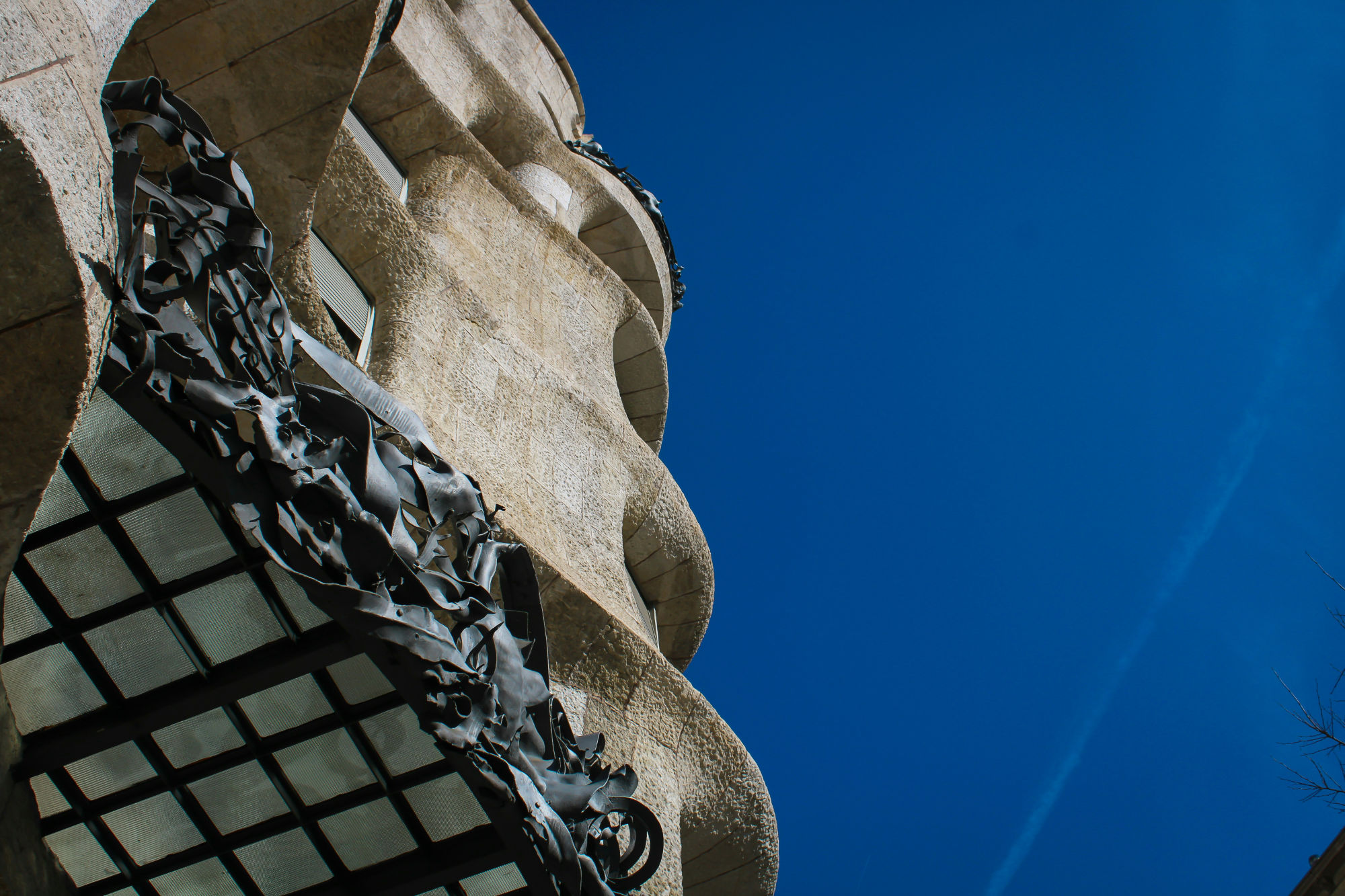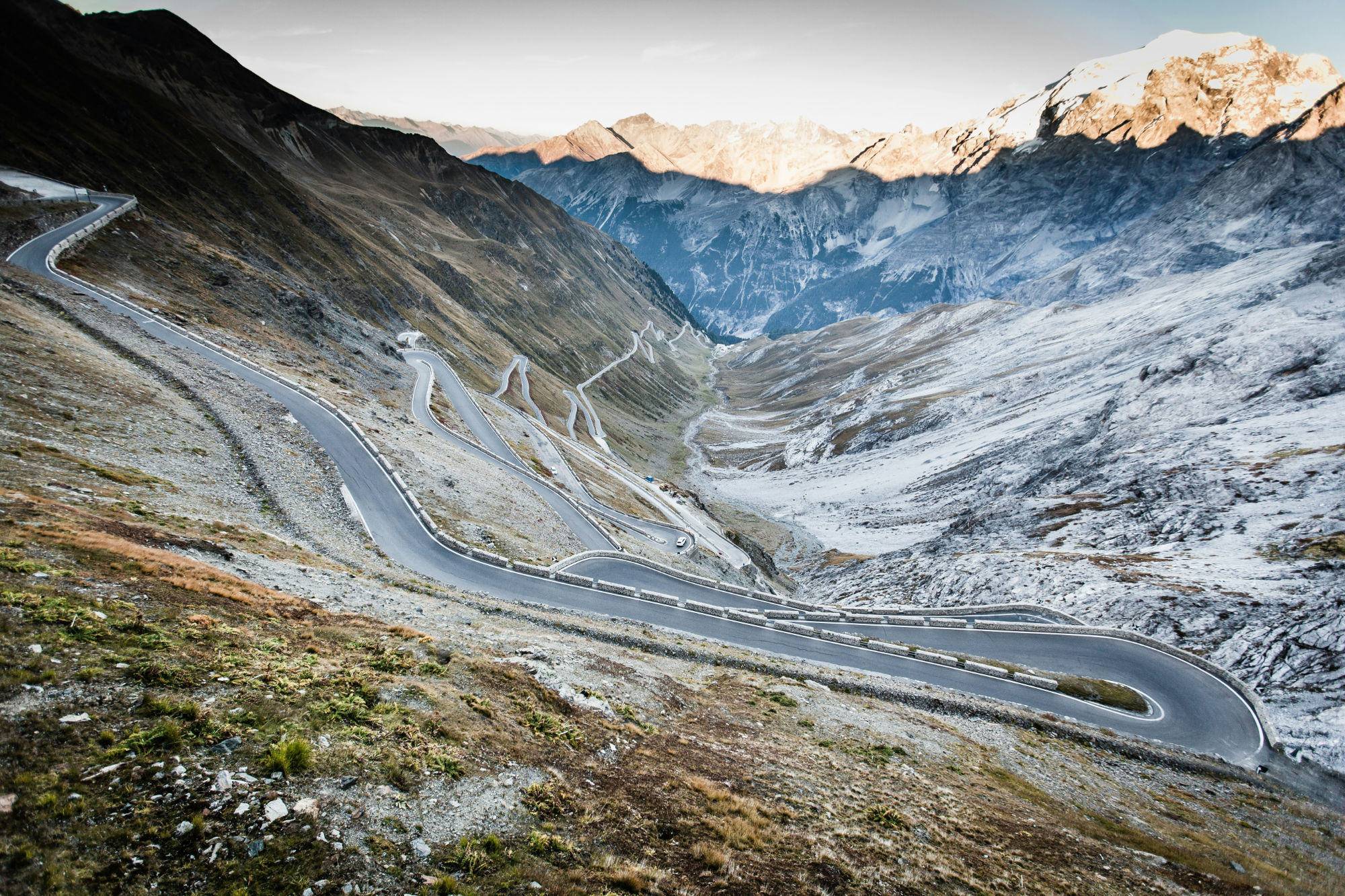The Best Spanish Cities to Visit in Winter: 7 Unforgettable Escapes Under the Winter Sun

When winter hits Northern Europe, many travelers start dreaming of sunshine, tapas, and vibrant plazas. Spain is one of the few European countries where you can still enjoy mild weather, blue skies, and outdoor life during the colder months. But beyond the beaches, Spain’s cities offer a completely different charm in winter — fewer crowds, local festivals, cozy cafés, and lower prices.
Whether you’re seeking culture, gastronomy, architecture, or simply a sunny break from the cold, Spain has something for every type of winter traveler. Here’s a long and detailed look at seven of the best Spanish cities to visit in winter, each offering its own unique experience.
1. Seville – Warmth, oranges, and Andalusian charm
If there’s one Spanish city that feels tailor-made for winter, it’s Seville. While the summer months can be unbearably hot (with temperatures over 40°C), the winter weather is delightfully mild, hovering around 16–20°C during the day.
Seville’s streets are lined with orange trees that bloom in late winter, filling the air with a subtle citrus scent. Strolling through the Santa Cruz neighborhood, with its narrow cobblestone lanes and whitewashed houses, is pure joy when the crowds are gone.
Don’t miss:
The Seville Cathedral and the Giralda Tower, where you can climb to the top for panoramic city views.
The stunning Alcázar of Seville, a Moorish palace with intricate tiles and tranquil gardens — often quieter in winter.
Tapas in the Triana district, famous for its authentic local vibe and flamenco history.
Winter evenings are perfect for finding a cozy tapas bar, sipping a glass of fino sherry, and watching a live flamenco performance.
2. Málaga – Sunshine, art, and sea views
Málaga has reinvented itself in the last decade. Once known mainly as the gateway to the Costa del Sol, it’s now a cultural powerhouse — and one of the best winter city breaks in Spain.
With over 300 days of sunshine per year, Málaga is one of Europe’s warmest winter destinations. Temperatures often stay around 18–22°C even in January, and you can comfortably sit on a terrace by the Mediterranean while locals enjoy their morning coffee.
What to do in Málaga during winter:
Visit the Picasso Museum, located in the artist’s birthplace.
Walk up to the Gibralfaro Castle for sweeping views of the city and the sea.
Explore the modern Soho art district and the Centre Pompidou Málaga, a colorful cube-shaped museum on the waterfront.
Enjoy grilled sardines (espeto de sardinas) at a beachfront chiringuito even in December.
Winter also means fewer cruise ships and tourists, so you can wander the old town or relax on Malagueta Beach almost in peace.
3. Granada – Alhambra magic and snowy mountain views
Granada is one of Spain’s most enchanting cities, and winter only adds to its magic. Nestled at the foot of the Sierra Nevada mountains, it’s one of the few places in Europe where you can ski in the morning and enjoy tapas in the sun in the afternoon.
The city’s highlight, of course, is the Alhambra, a breathtaking Moorish palace complex overlooking the city. In winter, the surrounding hills are often dusted with snow, giving the view an even more dramatic touch. Because it’s low season, tickets are easier to get, and you can explore without the long queues of summer.
Don’t miss:
The Albayzín district, a maze of white houses, steep alleys, and viewpoints like Mirador de San Nicolás.
A soak in a traditional Arab bathhouse (hammam) — perfect after a chilly walk.
Tapas hopping in the city center. In Granada, tapas are still free when you order a drink!
If you’re into winter sports, head up to the Sierra Nevada ski resort, just 45 minutes away. It’s one of Europe’s most southern ski areas — a surreal mix of snow and sun.
4. Valencia – Modern art, oranges, and winter festivals
Valencia often flies under the radar compared to Madrid or Barcelona, but it’s a gem — especially in winter. The city is bright and modern, yet full of history, and its Mediterranean location ensures mild weather year-round.
In December and January, temperatures often reach 17°C, perfect for exploring on foot or by bike. Valencia is home to the futuristic City of Arts and Sciences, one of Spain’s most photographed attractions, and its old town offers a maze of Gothic and Baroque architecture.
Things to do in Valencia in winter:
Visit the Central Market, one of Europe’s largest indoor food markets, to sample fresh produce, jamón and horchata.
Wander through the Turia Gardens, a green park built in a former riverbed.
See the Oceanogràfic, Europe’s largest aquarium — a great indoor option for cooler days.
Try authentic paella Valenciana in its hometown.
In March, the city explodes with color during Las Fallas, a famous festival of fireworks, parades, and giant sculptures — a truly unique way to welcome spring.
5. Madrid – Culture, cozy cafés, and Christmas magic
Spain’s capital may be colder than its southern counterparts, but Madrid shines in winter. With crisp blue skies and plenty of sunshine, it’s the perfect time for museum visits, shopping, and soaking up Spanish urban life without the summer heat.
Winter in Madrid has its own rhythm. Locals fill the plazas wrapped in scarves, sipping hot chocolate with churros at places like Chocolatería San Ginés. The atmosphere is lively yet relaxed — especially around Christmas when the city glows with festive lights and Christmas markets.
Top winter activities in Madrid:
Explore the Prado Museum and Reina Sofía Museum for world-class art.
Stroll through Retiro Park, which looks especially beautiful on sunny winter mornings.
Go shopping along Gran Vía and visit El Rastro, the city’s famous open-air flea market.
Experience Madrid’s nightlife in Malasaña or Chueca, where the bars are cozy and buzzing all year.
Tip: if you visit in December or January, don’t miss Three Kings Day (Día de los Reyes Magos) on January 6th — one of Spain’s most magical holidays with parades and gifts.
6. Barcelona – Mild weather and cultural treasures
Barcelona is one of Europe’s top year-round destinations, but winter might be the best time to truly enjoy it. The crowds of summer are gone, hotels are cheaper, and you can actually appreciate Gaudí’s architecture without waiting in line.
With temperatures around 15°C, winter is perfect for wandering through the Gothic Quarter, visiting La Sagrada Família, or climbing up to Park Güell. The cooler air gives the city a calm, elegant feel, and locals reclaim their favorite spots that are packed in summer.
What to do in Barcelona in winter:
Visit Casa Batlló and La Pedrera, two of Gaudí’s masterpieces.
Walk along La Rambla and explore La Boqueria Market for seasonal treats.
Visit the Picasso Museum and the Joan Miró Foundation.
Take a stroll along Barceloneta Beach — you might not swim, but the sea views are still stunning.
In December, Barcelona hosts charming Christmas markets and light shows, while in February the Santa Eulàlia Festival fills the city with parades, human towers, and local music.
7. Córdoba – Quiet beauty and cultural depth
Often overshadowed by its neighbors Seville and Granada, Córdoba is one of Spain’s most atmospheric cities — and in winter, it’s a secret worth discovering.
Home to the iconic Mezquita-Catedral, one of the most beautiful Islamic buildings in the world, Córdoba blends history, architecture, and tranquility. In summer, temperatures soar above 40°C, but in winter, you can wander the narrow alleys of the Jewish Quarter without breaking a sweat.
What to see in Córdoba:
The Mezquita, with its mesmerizing red-and-white arches.
The Alcázar de los Reyes Cristianos, a fortress with gardens and Roman mosaics.
The Roman Bridge, especially magical at sunset.
Hidden courtyards filled with plants — in winter, they’re quiet and peaceful.
Córdoba is also a great place to try salmorejo, a thicker and creamier version of gazpacho, perfect for cool winter days.
Bonus: Canary Islands & Southern Spain – for real winter sun
If your idea of winter travel includes the beach, Spain still delivers. The Canary Islands (Tenerife, Gran Canaria, Lanzarote) enjoy temperatures of 22–25°C even in January. While technically not mainland cities, they’re perfect for combining cultural sightseeing with true relaxation.
Similarly, Cádiz and Almería, both in southern Andalusia, are ideal for travelers who want sea views without the summer crowds. You can enjoy quiet coastal walks, ancient fortresses, and sun-drenched terraces — all while Europe’s north is freezing.
Why visit Spain in winter?
Visiting Spain in winter isn’t just about escaping the cold — it’s about experiencing the country in a more authentic way. Locals have time to chat, restaurants aren’t packed, and prices drop significantly after the summer rush. You’ll also discover how varied Spain’s winter landscape can be: from snow-capped mountains in Granada to sunny beaches in Málaga, and from cozy city squares in Madrid to peaceful vineyards near Valencia.
Key reasons to visit Spain in winter:
Milder weather than most of Europe
Fewer tourists and shorter queues
Lower prices on flights and accommodation
Unique winter festivals and Christmas markets
Delicious seasonal food, from chestnuts to hearty stews
Practical travel tips
What to pack: Bring layers. Even if daytime temperatures are mild, nights can get chilly — especially inland.
How to get around: Spain’s high-speed train network (AVE) makes it easy to travel between major cities like Madrid, Seville, Valencia and Barcelona in just a few hours.
Language: Spanish is spoken everywhere, but English is widely understood in tourist areas.
Budget: Winter is low season, so you can find excellent hotel deals and affordable domestic flights.
Festive bonus: Many cities light up beautifully in December with Christmas markets and nativity scenes.
Conclusion: Warm days, fewer crowds, and endless charm
Spain in winter is full of surprises. From the sunlit plazas of Seville to the snow-tipped mountains of Granada, from the beaches of Málaga to the modern skyline of Valencia, every city offers something different — and all are more relaxed than in the high season.
So if you’re looking for a European winter getaway with sunshine, culture, and character, skip the gray skies and head south. Spain welcomes you with open arms, warm smiles, and the irresistible scent of churros and coffee drifting through the streets.


